Healing Herbs
***Stay tuned for changes/additions. Check properties of all herbs before internal use. Anyone planning to start working with herbs on a regular basis should be aware that they can be potent medicines, and can interact with any existing medical conditions you may have and any medication you are currently taking. Each person is different. Always do your homework. Always seek advice from a trained professional if you’re unsure. Some herbs are NOT SAFE for pregnant and nursing mothers and some herbs shouldn’t be used on young children (babies and honey are an example of this). No advice given on this site is meant to take the place of medical or psychiatric treatment. ***
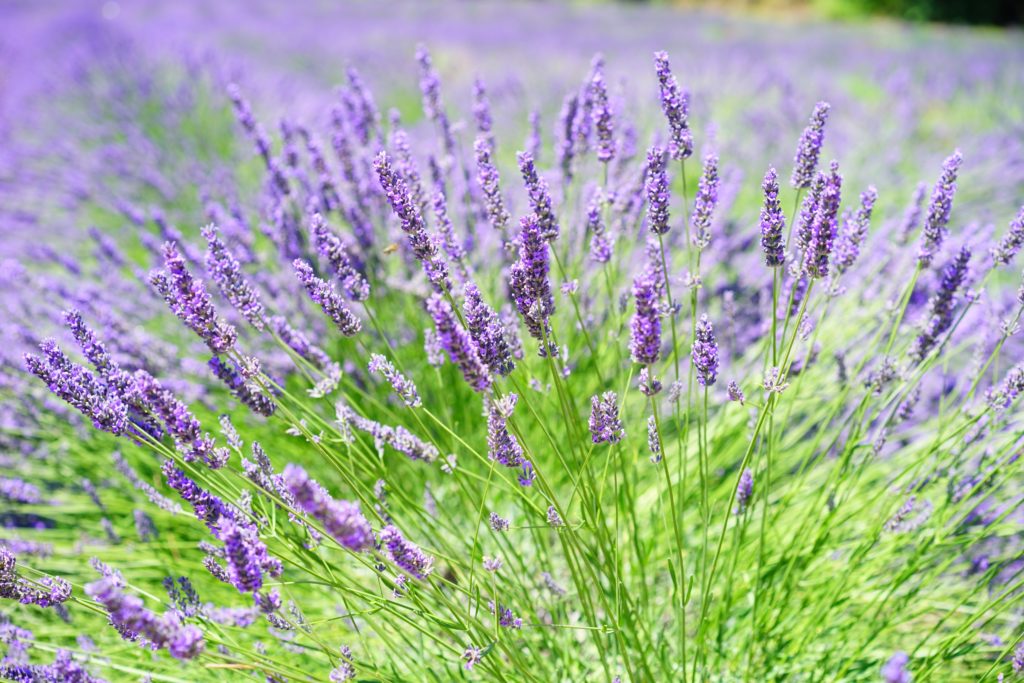
Lavender – a member of the mint family, this fragrant flowering herb has been used since ancient times. It can be used to reduce anxiety, combat insomnia, anxiety and depression. Due to it’s antibacterial and anti inflammatory properties it can be used to treat a wide range of skin conditions including burns, acne and eczema.

Thyme – thyme has antifungal, anti bacterial and anti-inflammatory properties (and it tastes great! ). This popular kitchen herb can also be found in your medicine cabinet, Thymol is one of the 4 main active ingredients found in Listerine. It can reduce plaque, gingivitis, throat and upper respiratory infections. Thyme has a long history as a medicinal as well as culinary herb.
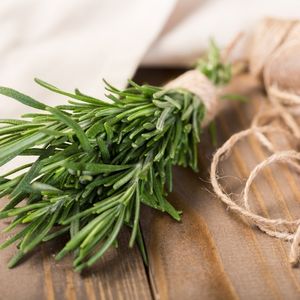
Rosemary – has powerful antiviral, antibacterial and antifungal properties. Eating rosemary regularly can help the immune system fight off infections but daily consumption shouldn’t exceed 4 to 6 grams of the dried herb. Rosemary also fights stress, improves sleep and memory. Traditional medicine has praised the positive effects of rosemary for centuries, but modern science had only recently begun to explore these properties.
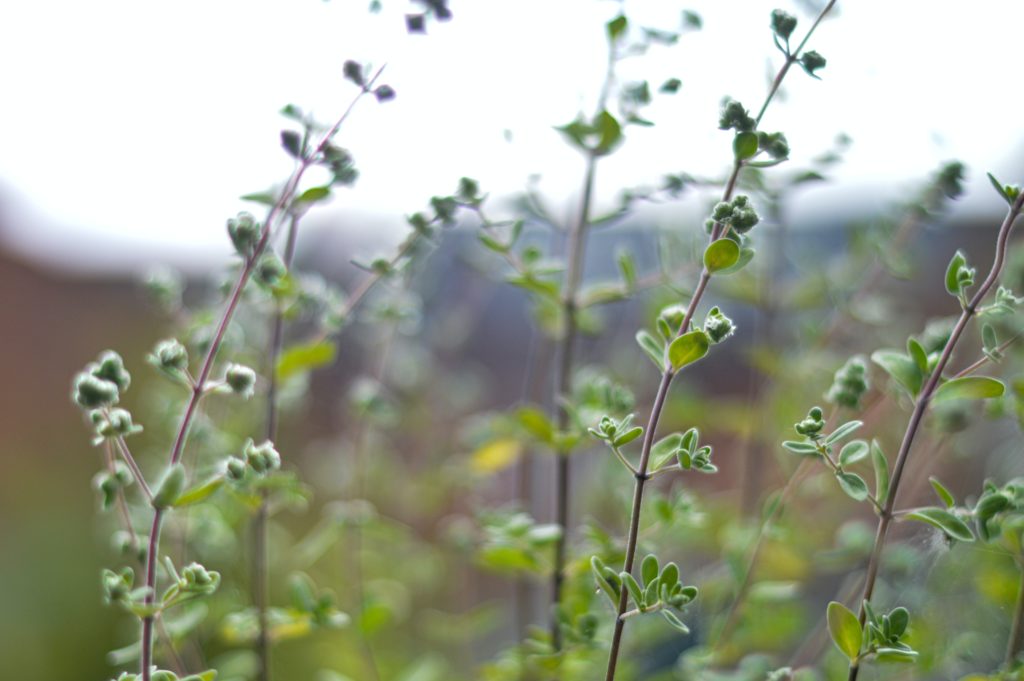
Oregano – Commonly known as a cooking herb, Oregano is anti-viral and anti inflammatory. It’s used for wound healing, stomach virus, removal of parasitic infections and may contain chemicals that might help reduce coughs and respiratory infections. Oil of Oregano is a common remedy in an herbalists cabinet. As an additive to food oregano is safe but be careful with higher doses, especially when pregnant.
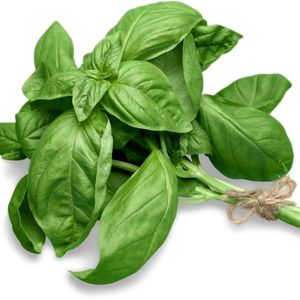
Basil – Tastes wonderful and smells amazing. I always found the smell of this herb lifted my spirits. The oils from Basil has positive effects on the cardiovascular system, reduce stress and lowers inflammation in the body. You can also use it to clear your space. I use a sprig in water instead of smoke (asperge)
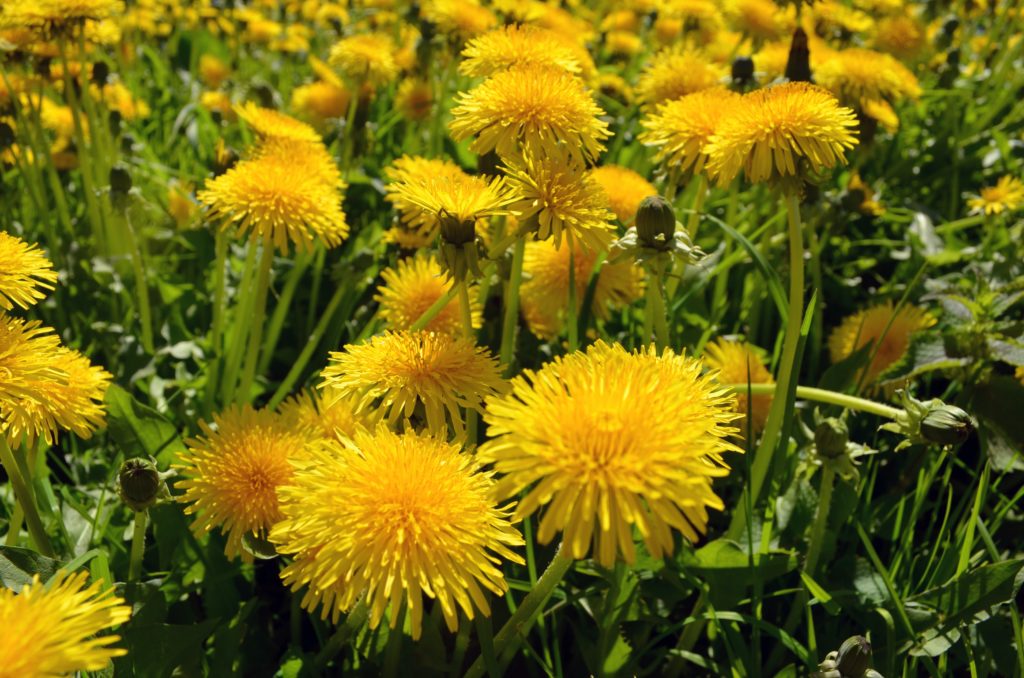
Dandelion – Dandelions were used as food throughout history. The entire plant is edible, the greens are highly nutritious either cooked or in a salad. The root can be ground and roasted to make an excellent coffee alternative. The flowers can be used to make dandelion wine. They’re an important source of nectar for bees and other insects.
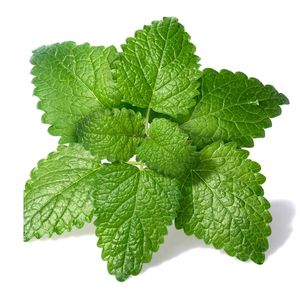
Lemon Balm – Long known for it’s ability as a sedative, this plant had a delightful lemony smell and makes a wonderful tea when drunk can reduce anxiety and promote a good nights sleep. It can also be used to promote alertness and some studies suggest that it can improve brain function. Lemon balm is very easy to grow, and worth the effort.
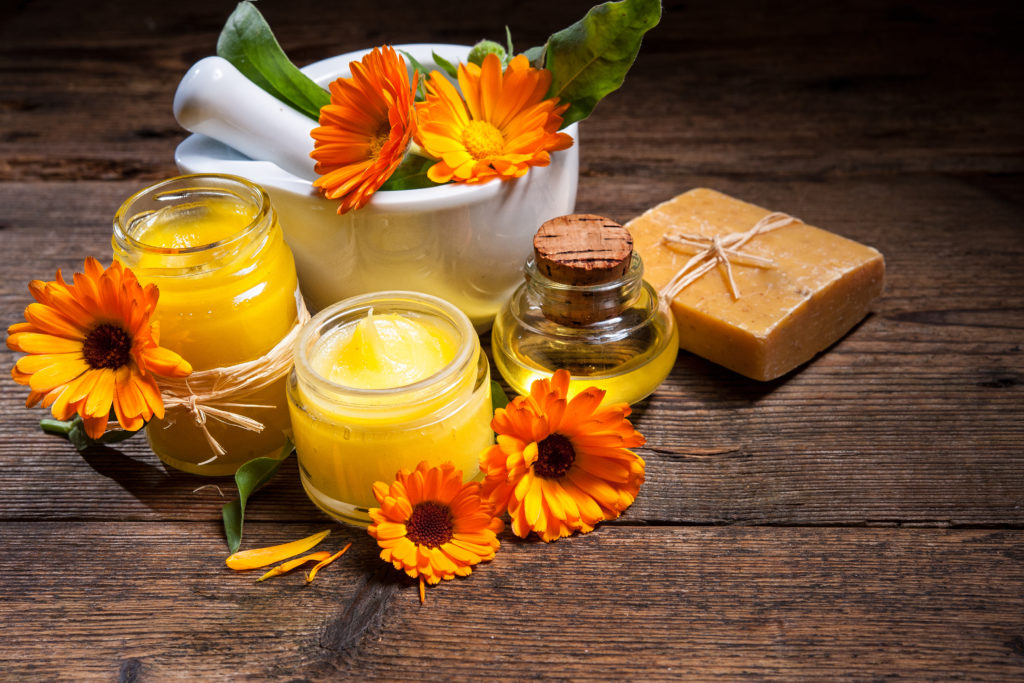
Calendula – Calendula flowers are a type of marigold that is edible and known for its anti-inflammatory properties. Beautiful and easy to grow, I’ve let flower heads go to seed in my garden and they come up the next year without any effort. Calendula oil is a great addition to soaps and cosmetic preparations.
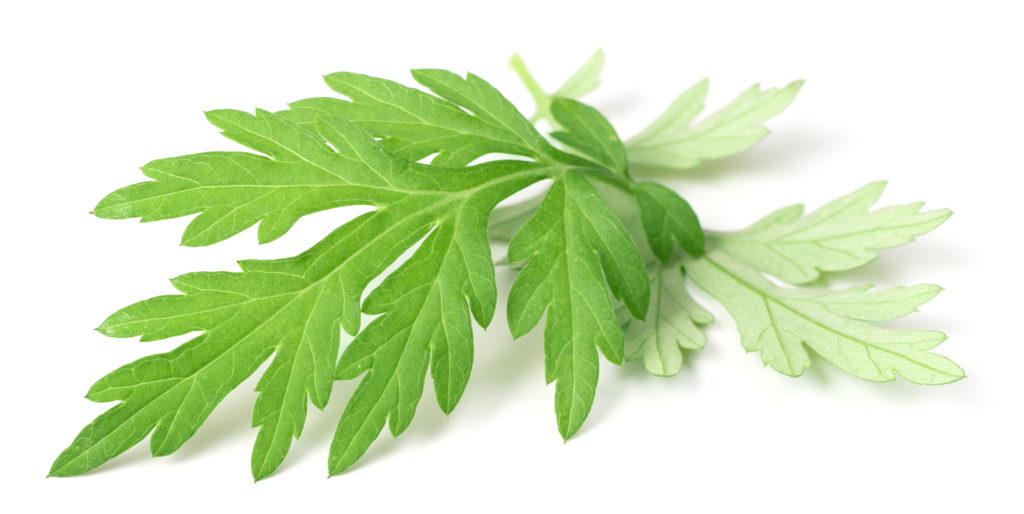
Mugwort – Artemisia vulgaris, or common mugwort, can be dried and used as an incense similar to sage. Stuffed in dream pillows, smoked or taken in tincture or tea, mugwort can be used to promote dreaming. Used in acupuncture for Moxibustion.
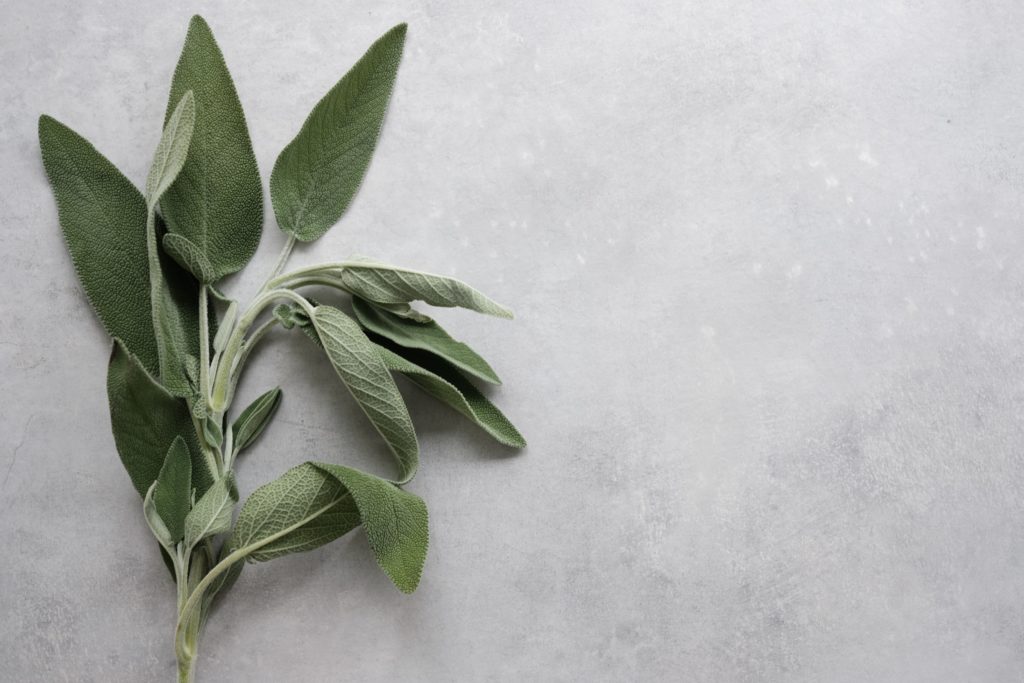
Sage – Common garden sage is commonly known as a cooking herb, but it also contains nutrients especially vitamin K. The leaves of common sage has been used in the past as a treatment for diabetes, current research supports this.
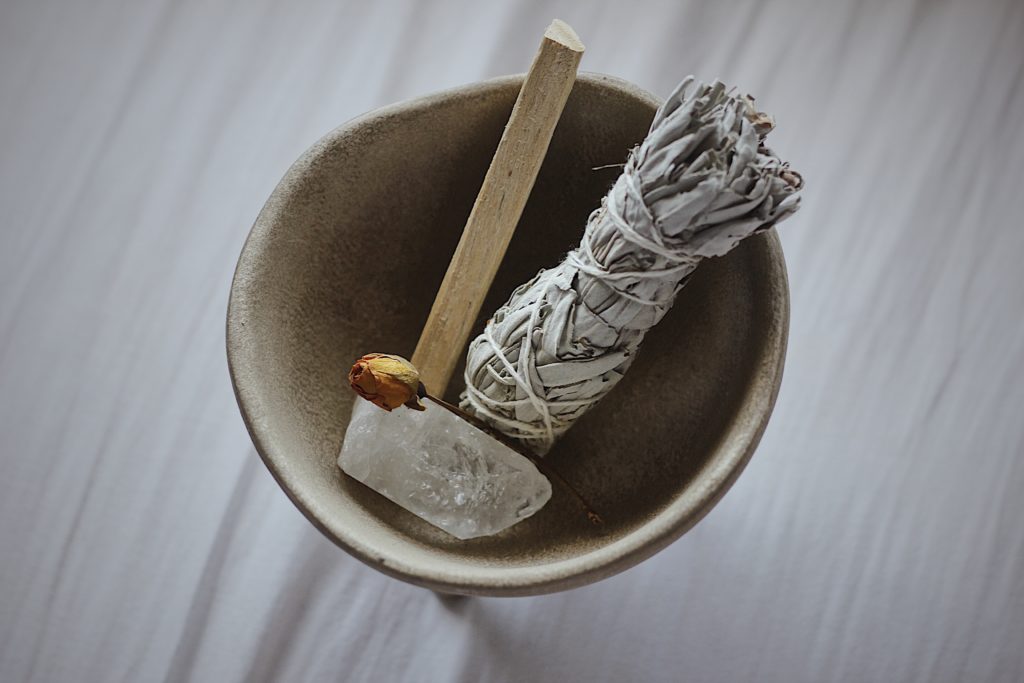
White sage has been traditionally used by Native Americans and Buddhist rituals for cleansing and purification. Smudging involves purifying a space objects or a person of negative influences and/or energy. The herb which is usually sage but be other herbs or resins is placed in a fireproof container. igniting it and either allow the smoke to fill the area or wave the smoke gently with either your hand or an item like a feather.
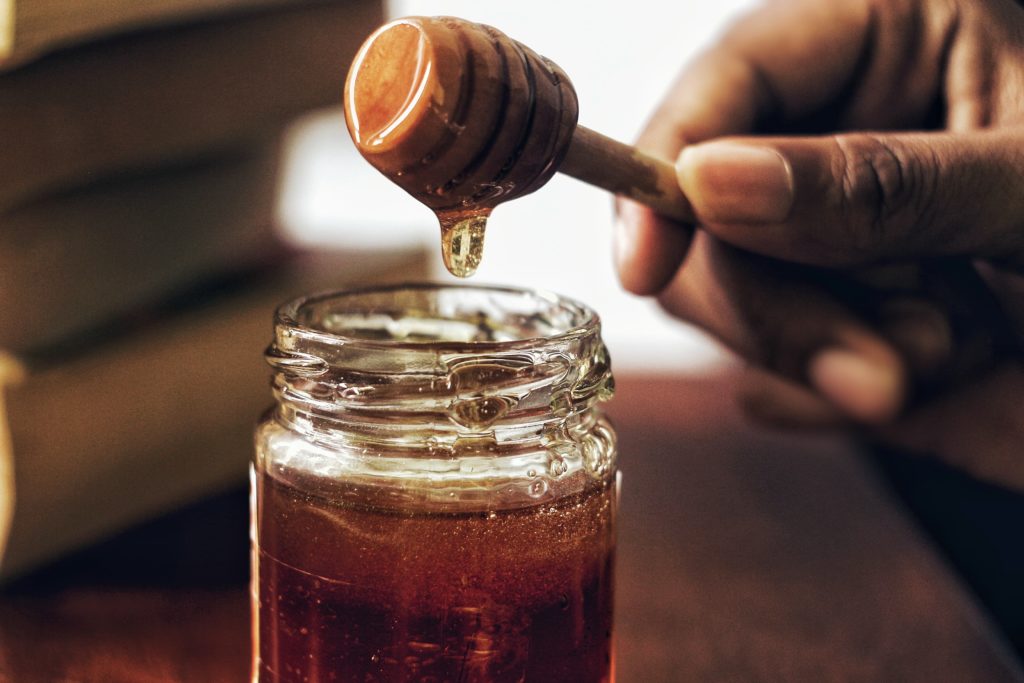
Honey – Has a long history of use going back to before our recorded time. Due to it’s anti-bacterial properties it was used on wound dressing and is also used to treat a variety of other illnesses and conditions. Honey has a remarkable preserving capacity, it was found in ancient Egyptian tombs. Because of it’s properties, bacteria doesn’t grow in it.
Caution – babies under one year old should not be given honey.
